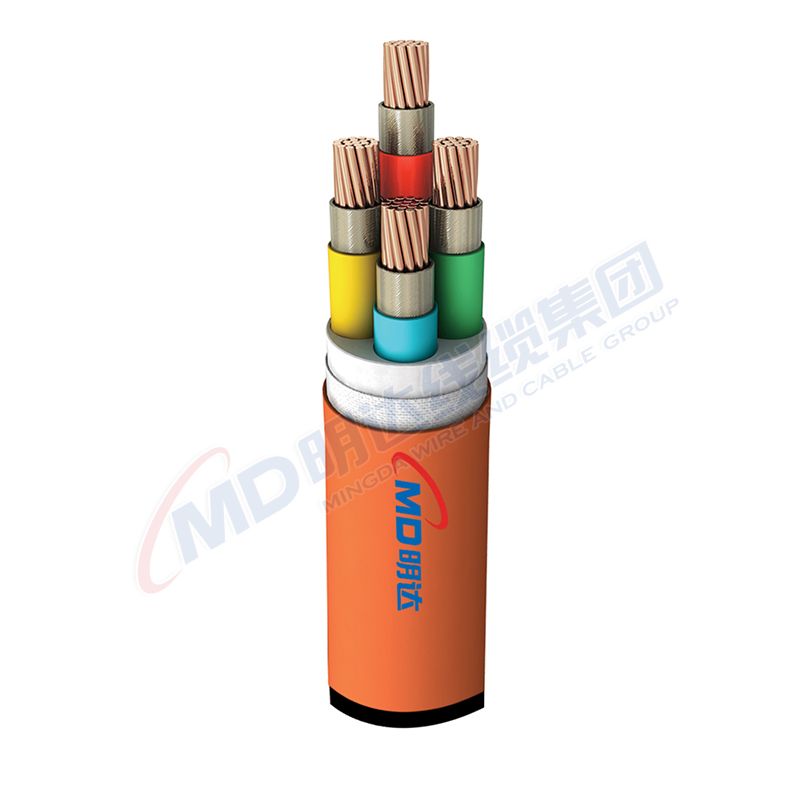Dec . 23, 2024 05:59 Back to list
Single Sphere Rubber Joint Design for Enhanced Flexibility and Durability in Pipe Systems
Understanding Single Sphere Type Rubber Joints
Single sphere type rubber joints, commonly known as rubber expansion joints or flexible joints, are essential components in various piping systems. Their design and functionality provide critical solutions for the natural expansion and contraction of pipelines, which may arise due to temperature fluctuations, pressure changes, or the physical movement of the piping system itself.
Construction and Design
A single sphere type rubber joint typically consists of a spherical rubber bellows with flanged ends. The internal structure is designed to accommodate axial, lateral, and angular movements, making them versatile for a range of applications. The flexibility of the rubber material allows these joints to absorb vibrations and mitigate noise, which is particularly beneficial in industrial environments where machinery can generate significant operational sound.
Materials used in these products are selected for their durability and resistance to weather, chemicals, and ozone degradation. Common materials include neoprene, EPDM (ethylene propylene diene monomer), and chlorobutyl rubber, each chosen based on the specific conditions of the system in which they will operate. For more demanding applications, reinforced rubber can be utilized to enhance strength and lifespan.
Key Features and Benefits
One of the primary benefits of single sphere rubber joints is their ability to accommodate misalignment in piping systems. During installation, pipes may not always be perfectly aligned due to various factors such as terrain changes or manufacturing tolerances. Rubber joints can absorb these misalignments, preventing undue stress on the piping and associated fittings.
Additionally, these joints are pivotal in reducing water hammer effects in piping systems. Water hammer occurs when a fluid in motion is forced to stop or change direction suddenly, creating a shockwave that can damage pipes and equipment. The elasticity of rubber expansion joints dampens the pressure surges, protecting the integrity of the overall system.
Maintenance is another area where rubber joints excel. Unlike rigid connections that may require frequent inspection and repairs, rubber joints typically demand less attention due to their flexibility and ability to self-align. This characteristic not only prolongs the lifespan of the joint itself but can also result in cost savings during the lifecycle of the piping system.
single sphere type rubber joint

Applications
Single sphere type rubber joints find their place in a multitude of applications across various industries. These include, but are not limited to, water treatment facilities, HVAC systems, industrial process pipelines, and even in marine applications. They serve to connect different sections of piping, isolating sections for repair or maintenance, and accommodating movement generated by equipment vibrations.
In water systems, such joints can be used to manage the dynamics of pressurized water flow, effectively minimizing leaks and preventing damage. In HVAC systems, they help maintain efficient airflow and reduce noise generated by fans and compressors.
Installation and Considerations
Installing single sphere rubber joints is relatively straightforward; however, proper alignment is crucial for performance and longevity. Misalignment during installation can lead to premature failure of the joint and can negate its inherent flexibility. It is vital to follow manufacturer guidelines to ensure that the joints are fitted correctly to maximize their dynamic capabilities.
Environmental factors should also be taken into account when selecting rubber joints. Factors such as temperature, chemical exposure, and operational pressure will influence the type of rubber material chosen and its eventual performance.
Conclusion
In conclusion, single sphere type rubber joints are a vital component in modern piping systems, offering flexibility, durability, and maintenance ease. Their unique design allows them to accommodate movement, provide vibration dampening, and reduce noise, which makes them indispensable in numerous industrial applications. As industries continue to evolve and demand more efficient systems, the role of these rubber joints is likely to grow, ensuring operational reliability and safety across various sectors.
Share
-
Reliable Wafer Type Butterfly Valves for Every IndustryNewsJul.25,2025
-
Reliable Flow Control Begins with the Right Ball Check ValveNewsJul.25,2025
-
Precision Flow Control Starts with Quality ValvesNewsJul.25,2025
-
Industrial Flow Control ReliabilityNewsJul.25,2025
-
Engineered for Efficiency Gate Valves That Power Industrial PerformanceNewsJul.25,2025
-
Empowering Infrastructure Through Quality ManufacturingNewsJul.25,2025